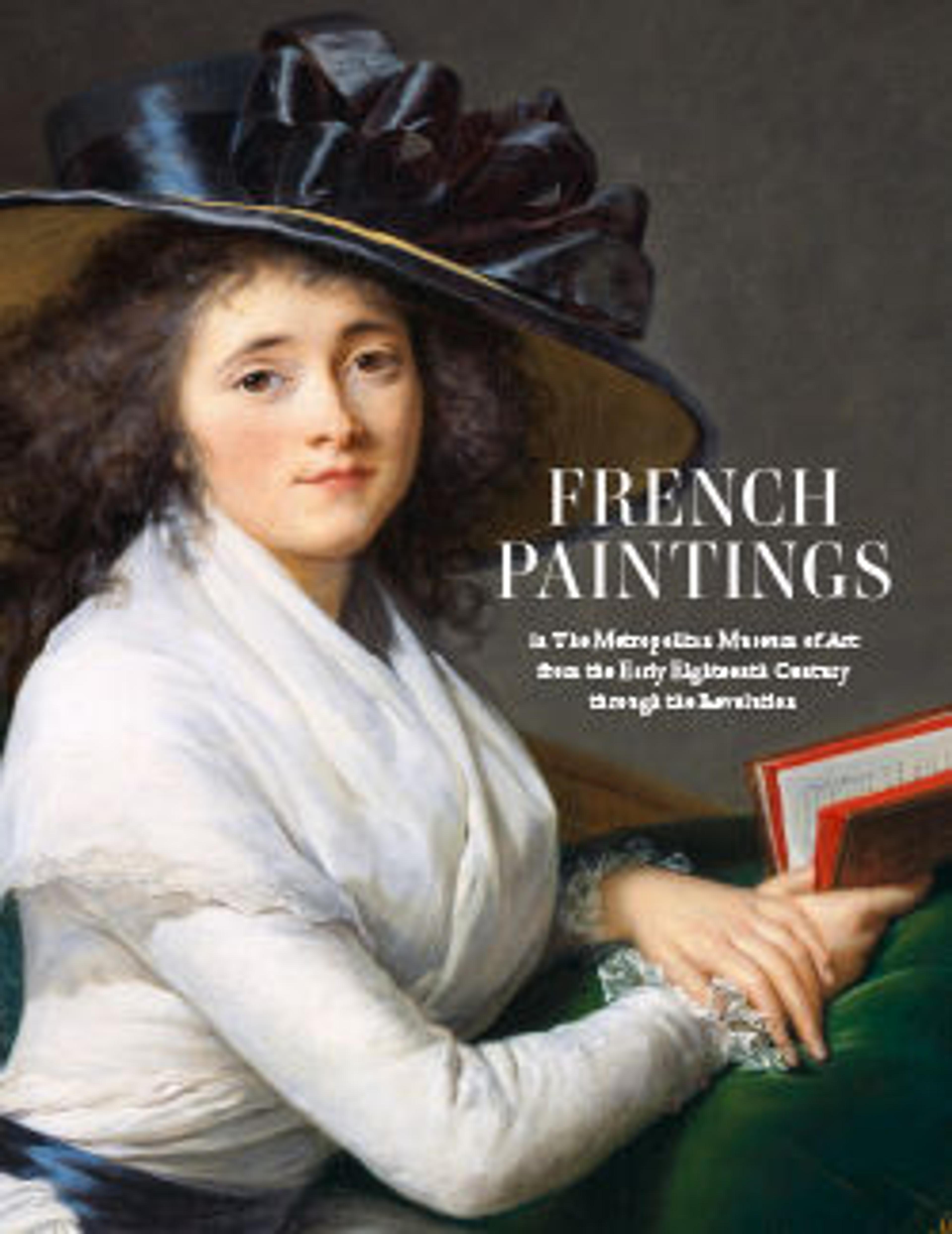Jean Charles Garnier d'Isle (1697–1755)
Garnier d’Isle (1697–1755) was an architect and a garden designer whose rise to influence coincided with the ascendency of Madame de Pompadour as Louis XV’s mistress, and he is associated with the remodeling of several of her properties, including Bellevue. In 1748 he became the comptroller of the Luxembourg and Tuileries palaces. He commissioned from La Tour a portrait that was exhibited at the 1751 Salon. Two other portraits of Garnier d’Isle by La Tour survive: one, the same size as this work, shows him in a gray moiré silk coat (Fogg Art Museum, Cambridge, Mass.), and the other is a smaller head-and-shoulders view in which he also wears gray (Musée Antoine Lécuyer, Saint-Quentin). Here the artist’s impeccable handling of costume details pales by comparison with the fleeting and perhaps self-satisfied smile of the sitter.
Artwork Details
- Title: Jean Charles Garnier d'Isle (1697–1755)
- Artist: Maurice Quentin de La Tour (French, Saint-Quentin 1704–1788 Saint-Quentin)
- Date: ca. 1750
- Medium: Pastel and gouache on blue paper, laid down on canvas
- Dimensions: 25 3/8 x 21 1/4 in. (64.5 x 54 cm)
- Classification: Pastels & Oil Sketches on Paper
- Credit Line: Purchase, Walter and Leonore Annenberg and The Annenberg Foundation Gift, 2002
- Object Number: 2002.439
- Curatorial Department: European Paintings
More Artwork
Research Resources
The Met provides unparalleled resources for research and welcomes an international community of students and scholars. The Met's Open Access API is where creators and researchers can connect to the The Met collection. Open Access data and public domain images are available for unrestricted commercial and noncommercial use without permission or fee.
To request images under copyright and other restrictions, please use this Image Request form.
Feedback
We continue to research and examine historical and cultural context for objects in The Met collection. If you have comments or questions about this object record, please contact us using the form below. The Museum looks forward to receiving your comments.
